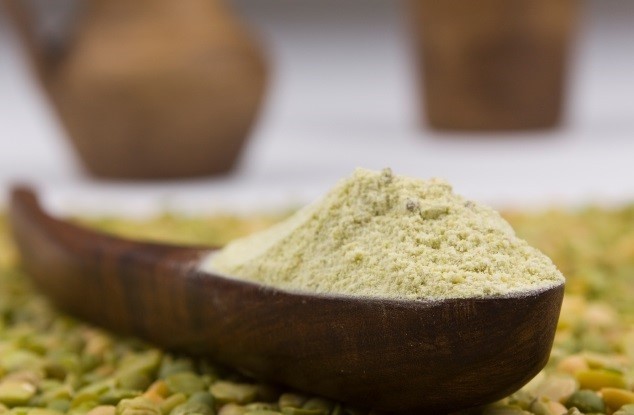Seeds from evergreens packed with enough amino acids to meet WHO standards

Researchers from the Jiangnan University in China discovered that Torreya grandis (T. grandis) seed proteins, extracted using aqueous-acidic conditions, contain adequate amino acid balances and high essential amino acid contents required by both the World Health Organisation (WHO) and the Food and Agriculture Organisation (FAO) for three different age groups.
“Protein extracts from two cultivars of T. grandis, Shengzhou I (SZPI) and Dazinaiyou (DNPI), had similar protein contents and appropriate amino acid balances,” they wrote in Food Chemistry.
A previous study found T.grandis seeds to also contain bioactive constituents such as tocopherols, sterols, and phenolic compounds. Another research highlighted the seed’s pharmacological properties such as being anti-proliferative, anti-oxidative and acute anti-inflammatory.
Freeze-dried
For the current study, the seeds from both SZPI and DNPI were milled into flour, defatted, mixed with water and then freeze dried.
The protein contents of both SZPI and DNPI were initially around 12% and then rose to approximately 20% after the defatting process.
“The final protein contents of SZPI and DNPI were found to be 74.30% and 73.13% respectively, after using acid precipitation,” the study revealed.
To illustrate both T.grandis proteins’ favourable essential amino acid contents, the study compared them with WHO and FAO amino acid recommendations for one to two, three to 10, and 18 above age groups.
Except for essential amino acids methionine (Met + Cys-s) and Tryptophan (Trp), all the amino acid contents of SZPI and DNPI were enough to meet the requirements of all age groups.
“Considering the abundance of most of essential amino acid except for the slight lack of Met + Cys-s and Trp in SZPI and DNPI, they would be ideal amino acid sources for both infants and adults when added with some Met + Cys-s and Trp,” said the researchers.
“The results of this study demonstrate that both SZPI and DNPI have advantageous characteristics, indicating that T. grandis seed proteins can be used effectively in the food industry,” they added.
Source: Food Chemistry
DOI: 10.1016/j.foodchem.2017.01.114
“Physicochemical and functional properties of protein extracts from Torreya grandis seeds”
Authors: Mei Yu, Maomao Zeng et al.









